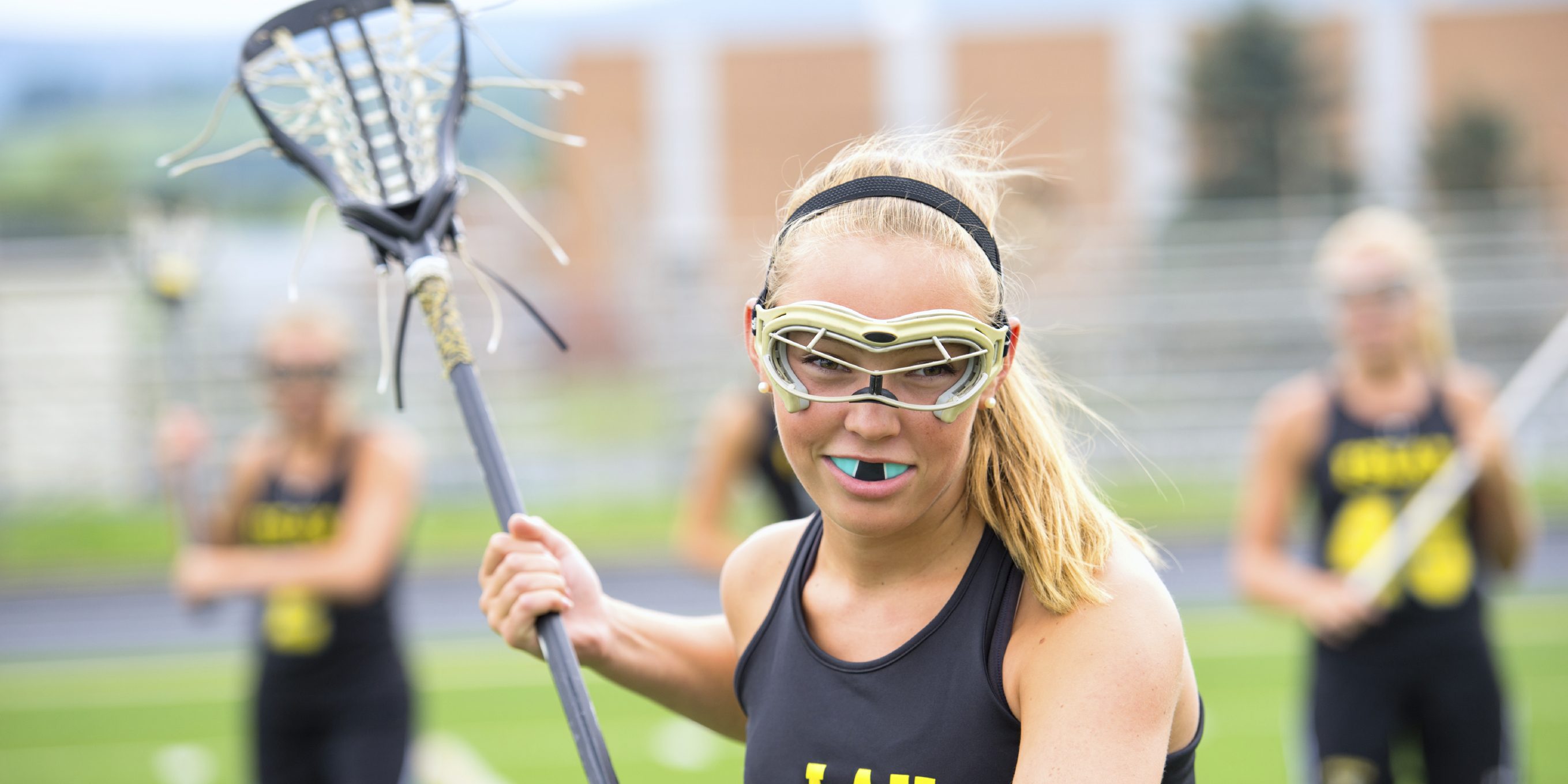April is Sports-Eye Safety Month. Did you know that each year, an estimated 100,000 people are hurt by some form of sports-related eye injury? More than 25,000 people seek treatment for eye injuries each year related to sports, and about 13,500 of injuries result in permanent vision loss. The good thing about sports-related eye injuries is that they are preventable by simply wearing proper eye protection. It’s extremely important to make sure that the proper eye protection is used for the appropriate type of activity/sport. For example, regular eyeglasses will not offer the most suitable eye protection.
Sports-related eye injuries mostly occur in high-risk sports, such as baseball, basketball, and racquet sports. However, boxing and full-contact martial arts are extremely high risk for serious eye injuries, some times even blinding. For such a full-contact sport like boxing, there is no satisfactory eye protection, however, thumbless gloves may help reduce more eye injuries.
In baseball, ice hockey, and men’s lacrosse, a helmet with a polycarbonate face mask or wire shield should be worn at all times. This type of polycarbonate helmet is an especially strong, shatterproof, lightweight plastic that will protect not only the player’s head, but will also help prevent eye injuries.
Note that any hockey face mask should be approved by the Hockey Equipment Certification Council or the Canadian Standards Association (CSA).
The polycarbonate material used in the face masks on helmets is also the same material that is used to create protective eyewear with polycarbonate lenses. This type of protective eyewear should be worn for sports such as basketball, racquet sports, soccer, and field hockey. It’s important to choose protectors that have been tested to meet the American Society of Testing and Materials (ASTM) standards or that pass the CSA racquet sports standard when looking for the proper eyewear.
Here are some facts and tips that are good to know.
- If there’s already reduced vision in one eye, it’s important to check with your ophthalmologist to see if appropriate eye protection is available and whether participating in contact or racquet sports is advised.
- More than 40 percent of patients treated for eye injuries that happened at home, usually involved common daily activities such as home repairs, yard work, cleaning and cooking.
- Remember that regular eyeglasses do not provide enough eye protection.
- Be careful with activities involving projectiles or any other sharp objects.
- Pack a back-up form of vision correction in the event that yours gets lost or broken. You can never be too prepared!
- On-the-Field visual test helps diagnose concussions in athletes. A quick and reliable screening test would be useful on the sidelines, to keep injured athletes from returning to play too soon.







